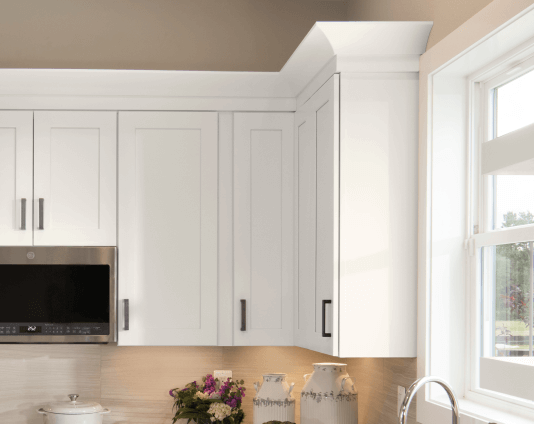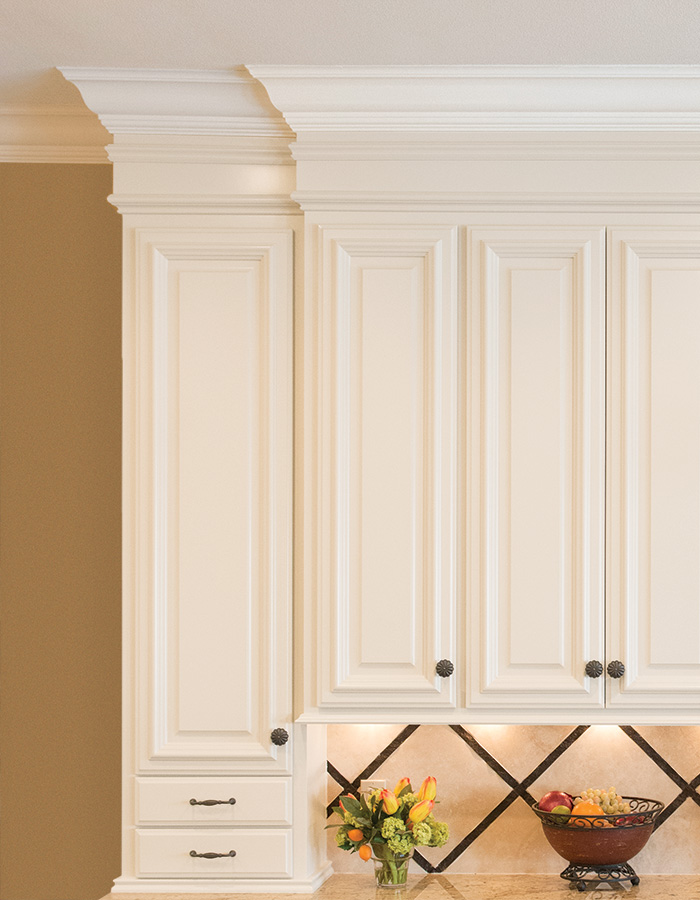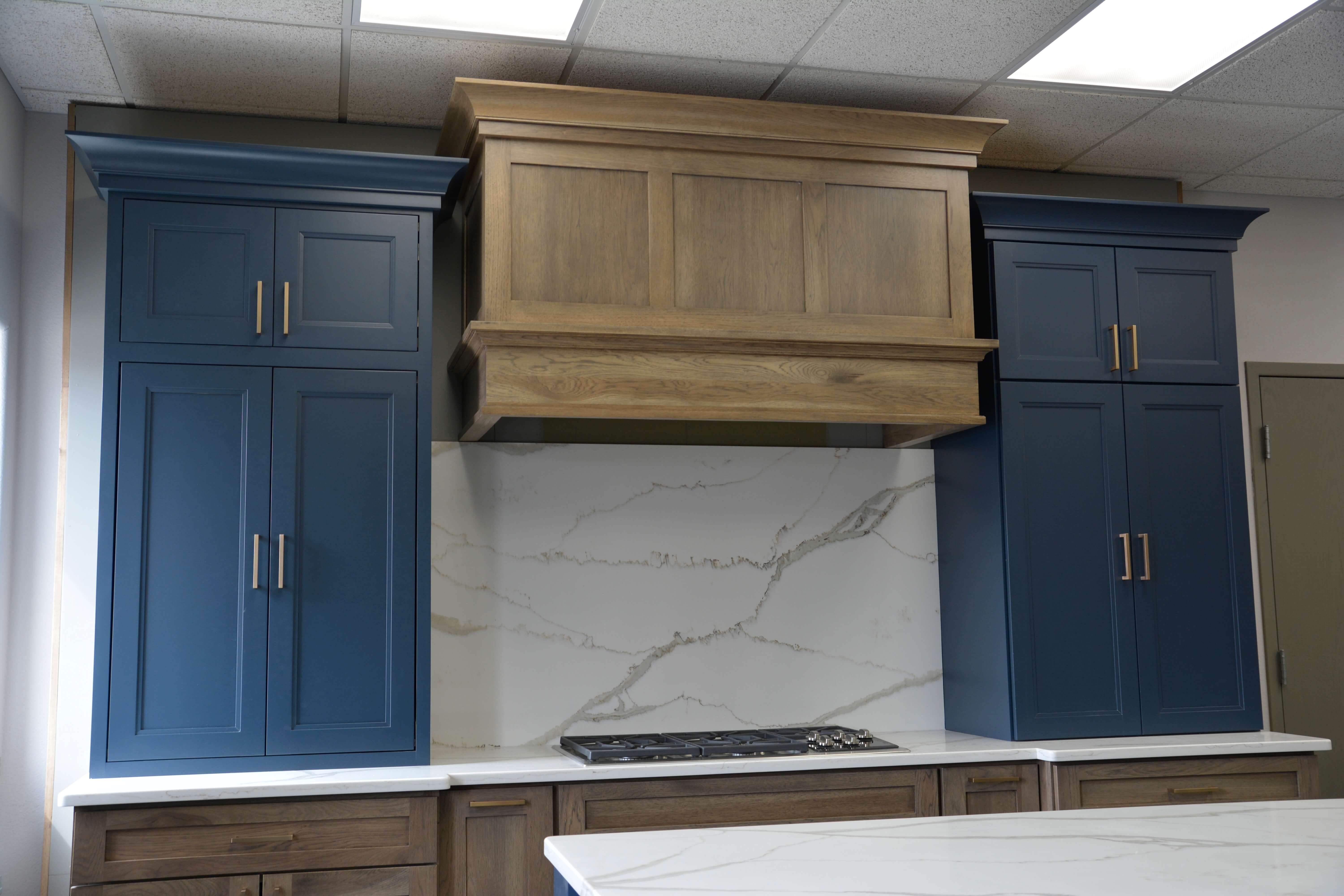What is Decorative Cabinet Molding?
Decorative cabinet molding, often referred to as cabinet trim or crown molding, is a design element that adds aesthetic appeal and detail to cabinetry. Whether in kitchens, bathrooms, or living areas, molding can dramatically enhance the overall look of your space. From giving a polished finish to blending cabinetry with other architectural features, decorative molding is integral to home decor.
The Benefits of Decorative Cabinet Molding
- Aesthetic Appeal: It elevates the look of cabinetry, making it more elegant and refined.
- Value Addition: Well-installed molding can increase your home’s resale value.
- Conceals Imperfections: Molding can effectively cover gaps and uneven surfaces between cabinets and walls.
- Customizable: A variety of styles and materials lets homeowners personalize their decor.
Types of Decorative Cabinet Molding
Understanding the different types of decorative cabinet molding can help you make the right choice for your home. Here are some popular options:
Crown Molding
Crown molding is typically installed at the junction between the cabinets and the ceiling. It adds height and grandeur to a space and is available in various styles ranging from traditional to modern.
Base Molding
Base molding is installed at the bottom of cabinets, acting as a finish that provides a neat transition from the cabinetry to the floor.
Trim Molding
Trim molding offers a more subtle decorative detail around cabinet doors and drawers, enhancing the overall design without overwhelming the space.

Corbels
Corbels are decorative brackets that can be used to support shelves or countertops, adding a touch of craftsmanship and character to cabinets.
Panel Molding
Panel molding can create the appearance of raised or recessed panels on cabinet doors, providing a customized look that can mimic traditional styles.
| Type of Molding | Best For | Style | Typical Height |
|---|---|---|---|
| Crown Molding | Cabinets near ceiling | Traditional to modern | 3-8 inches |
| Base Molding | Bottom of cabinets | Simple and decorative | 2-6 inches |
| Trim Molding | Door and drawer fronts | Traditional | 1-2 inches |
| Corbels | Countertops & shelves | Craftsman to rustic | 6-12 inches |
| Panel Molding | Cabinet doors | Classic | 3-5 inches |

Choosing the Right Decorative Cabinet Molding
When selecting molding, consider the following factors:
Material
Molding can be made from various materials, including wood, MDF, and polyurethane. Each material has its pros and cons:
- Wood: Durable and classic but may require maintenance.
- MDF: Cost-effective and easy to paint but may not be as sturdy.
- Polyurethane: Lightweight and resistant to moisture, ideal for kitchens and bathrooms.
Style
Consider the overall design of your home. Choose molding that complements existing architecture and cabinetry style.
Height and Thickness
The proportion of the molding to your cabinetry and room height is crucial for visual balance. Taller ceilings often benefit from larger profiles.
Installation Tips for Decorative Cabinet Molding
Installing cabinet molding can be a rewarding DIY project. Here’s a step-by-step guide based on my personal experiences:
Tools You’ll Need
- Circular saw or miter saw
- Measuring tape
- Level
- Nail gun or hammer
- Wood glue
- Caulk and caulking gun
- Sandpaper
- Paint or stain (if desired)

Step-by-Step Installation
- Measure Accurately: Take precise measurements of your cabinets to ensure accurate cuts.
- Cut the Molding: Use a miter saw for clean cuts at 45-degree angles where necessary.
- Dry Fit: Place the pieces against the cabinetry before securing to ensure everything fits correctly.
- Attach the Molding: Use wood glue and nails for secure installation. Ensure pieces are level and aligned.
- Fill Gaps: Use caulk to fill any gaps between the molding and the cabinetry for a seamless look.
- Final Touches: Sand any rough edges, and apply paint or stain to match your cabinetry.
Maintenance and Care for Decorative Cabinet Molding
To keep your decorative molding looking its best, follow these maintenance tips:
Regular Cleaning
Dust the molding regularly to prevent buildup that can dull its appearance. Use a soft cloth and mild cleaner.
Touch-Up Painting
If painted, touch up any scuffs or scratches promptly to maintain the molding’s visual appeal.
Check for Damage
Inspect for any water damage or cracking, especially in areas of high humidity like kitchens and bathrooms, and address issues as needed.

Pros and Cons of Decorative Cabinet Molding
Before diving into installation, it’s wise to evaluate the pros and cons:
Pros
- Adds elegance and custom look to the cabinetry
- Can hide imperfections between cabinets and walls
- Variety of styles to suit any decor
- Increases perceived value of your home
Cons
- Can be costly, depending on materials and labor
- Installation can be time-consuming, especially for beginners
- Requires maintenance to keep looking fresh

Frequently Asked Questions (FAQs)
1. What is the best material for cabinet molding?
The best material depends on your specific needs. Wood offers a classic look, while MDF is budget-friendly, and polyurethane is excellent for moisture-prone areas.
2. How much does it cost to install decorative cabinet molding?
Costs can vary widely based on material and labor. On average, expect to pay between $5 to $20 per linear foot.

3. Can I install decorative cabinet molding myself?
Yes! With the right tools and patience, DIY installation is possible. Follow guidelines and take your time for best results.
4. How do I choose the right style of molding for my home?
Consider your home’s architectural style, the existing cabinetry, and your overall decor theme to choose a compatible molding style.
5. Is decorative cabinet molding worth the investment?
Absolutely! It enhances the beauty of your cabinetry, hides imperfections, and can add value to your home, making it a worthy investment.